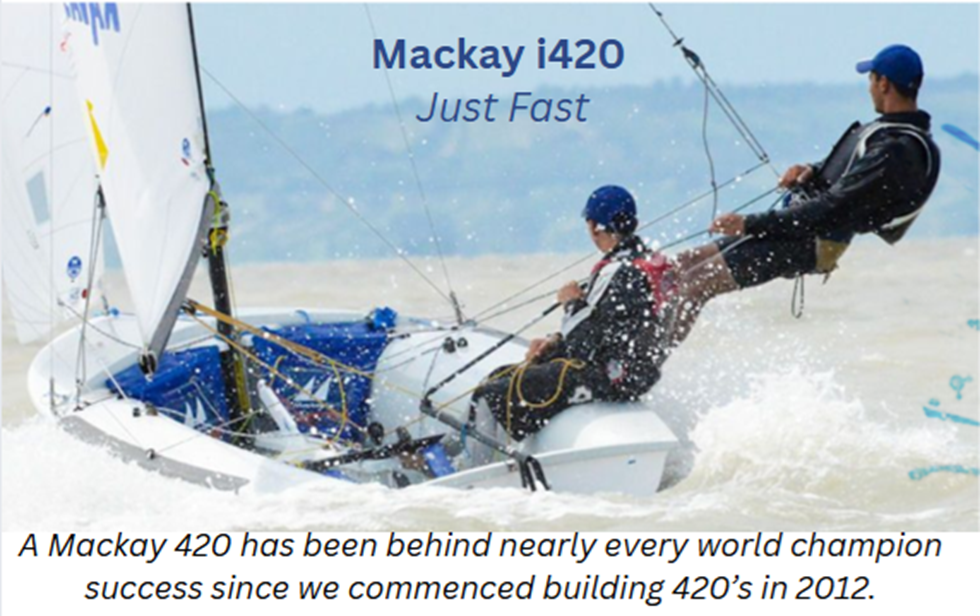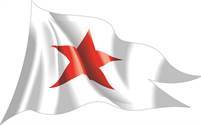
This full-time, year round benefit position has overall responsibility as a Director of activities for all waterfront programs, summer youth programs and adult and junior sailing programs and boat chartering related to collegiate and high school sailing programs.
“In 1853 seven men who loved sailing founded the Carolina Yacht Club. Richard Bradley, Parker Quince, John Reston, Talcott Burr, Daniel Baker, T.M. Gardner, and Richard J. Jones took sailing only a little less seriously than their work in law, banking, publishing, commerce and public service. They fiercely competed in regattas on the river, sound, and sea, and celebrated their victories at merry Banks parties.
Today the one thousand members of the Carolina Yacht Club carry on the tradition of sailing and socializing.” –CYC Chronicles
The Carolina Yacht Club Chronicles by Anne Russell is available for purchase at the Club Store.
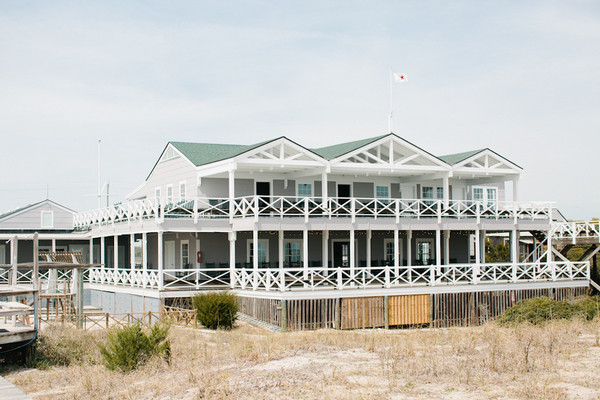


 Our Club has a long tradition of strong family orientation, which is exhibited by our
Our Club has a long tradition of strong family orientation, which is exhibited by our 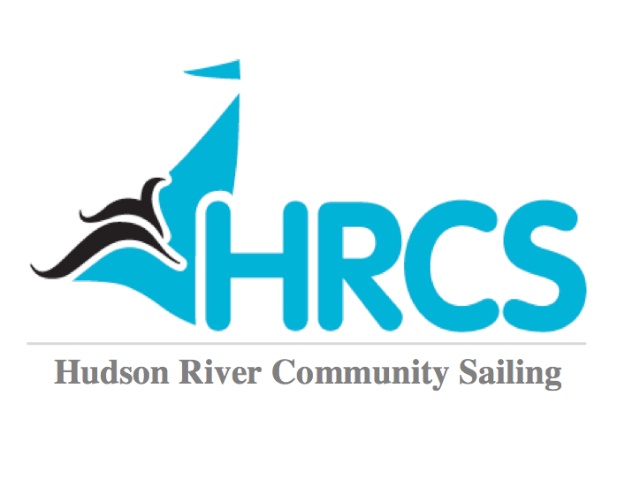 Founded in 2007 to serve the urban community,
Founded in 2007 to serve the urban community,  Adult sailing instructors teach sailing to adults aboard our J24 sailboats in New York Harbor. There is a lot of boat traffic and fast currents. The stress is on student participation and student-focused learning. All of our sails are hands-on, and the typical student has zero sailing experience. Your interpersonal skills will be as valuable as your sailing skills.
Adult sailing instructors teach sailing to adults aboard our J24 sailboats in New York Harbor. There is a lot of boat traffic and fast currents. The stress is on student participation and student-focused learning. All of our sails are hands-on, and the typical student has zero sailing experience. Your interpersonal skills will be as valuable as your sailing skills.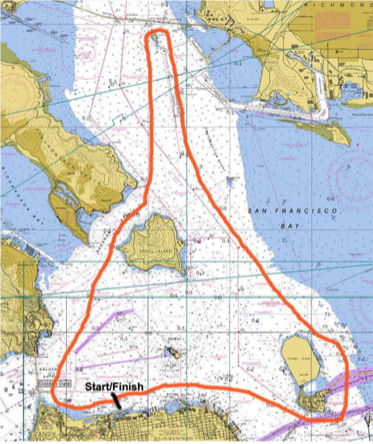 The Open Course format and scoring can be applied over any length course, including overnight races. For distance day-racing, the idea is to sail within sight and access to the shoreline including, where possible, courses around islands and other interesting coastal features. The starting line is set to suit the course and NOT always upwind. One could start on a beam-reach sprint leg with Code 0’s flying like the America’s Cup. An example at right is the famous Three-Bridge Fiasco course on San Francisco Bay- an event that regularly attracts 300+ boats.
The Open Course format and scoring can be applied over any length course, including overnight races. For distance day-racing, the idea is to sail within sight and access to the shoreline including, where possible, courses around islands and other interesting coastal features. The starting line is set to suit the course and NOT always upwind. One could start on a beam-reach sprint leg with Code 0’s flying like the America’s Cup. An example at right is the famous Three-Bridge Fiasco course on San Francisco Bay- an event that regularly attracts 300+ boats.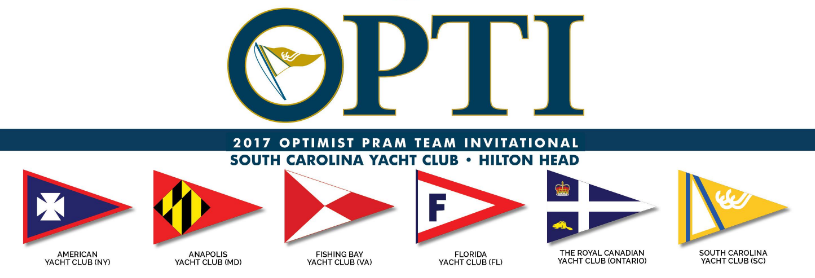
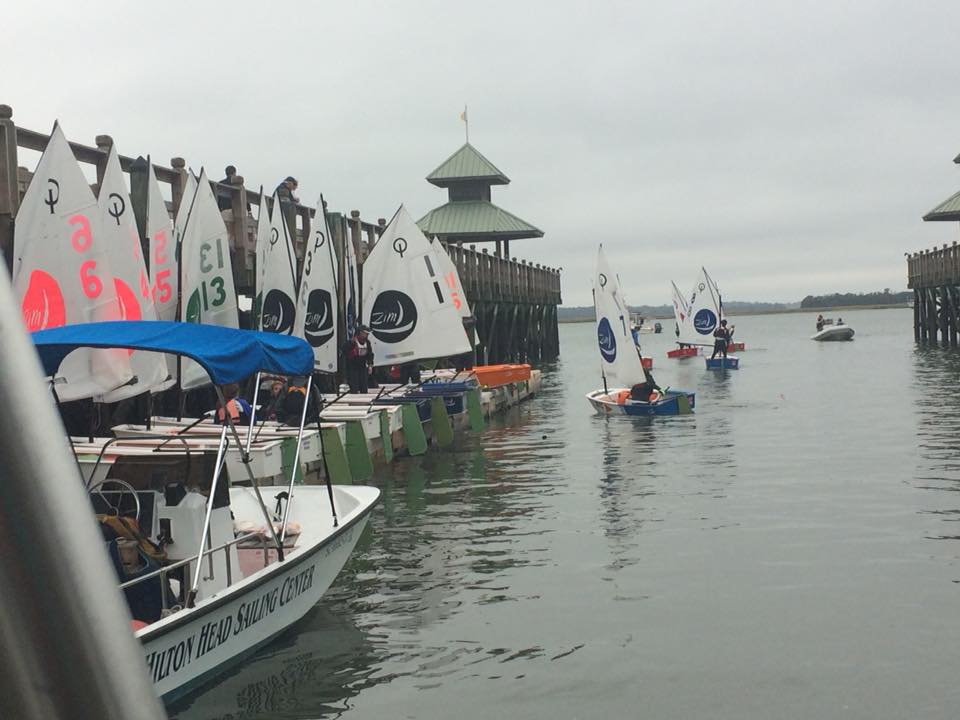
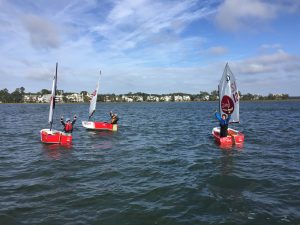 After a double round robin (30 races) and then a full knockout round with consolation(s), the team from
After a double round robin (30 races) and then a full knockout round with consolation(s), the team from 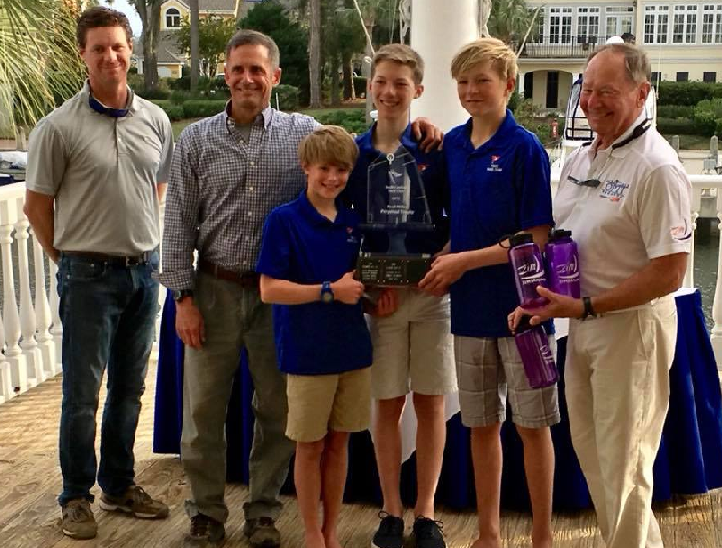

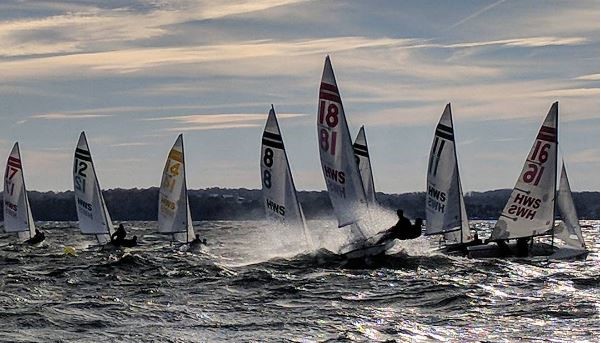 #4 Hobart and William Smith Colleges won the event at home by winning both divisions. Senior, Greiner Hobbs with Kyle Easton ‘20 and Lindsey Kloc ‘19 dominated A-Division with 37 points after 12 races sailed, finishing first or second in eight of the 12 races sailed. Sophomore, Hector Guzman with Noah Barrengos ‘18 and Maya Weber ‘20 won B-Division narrowly over #1 Georgetown’s Will Logue ‘20, Roger Dorr ‘18, Jack Chrysler ‘20 and Haley Shea ‘19.
#4 Hobart and William Smith Colleges won the event at home by winning both divisions. Senior, Greiner Hobbs with Kyle Easton ‘20 and Lindsey Kloc ‘19 dominated A-Division with 37 points after 12 races sailed, finishing first or second in eight of the 12 races sailed. Sophomore, Hector Guzman with Noah Barrengos ‘18 and Maya Weber ‘20 won B-Division narrowly over #1 Georgetown’s Will Logue ‘20, Roger Dorr ‘18, Jack Chrysler ‘20 and Haley Shea ‘19.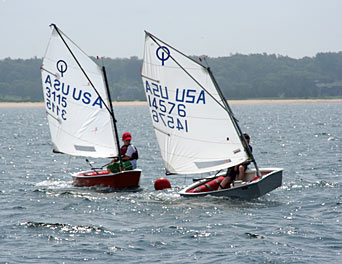
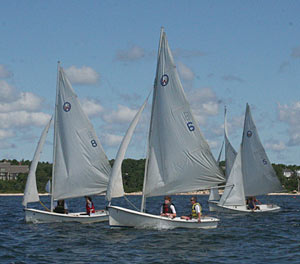
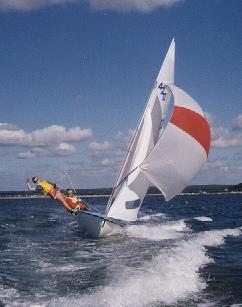



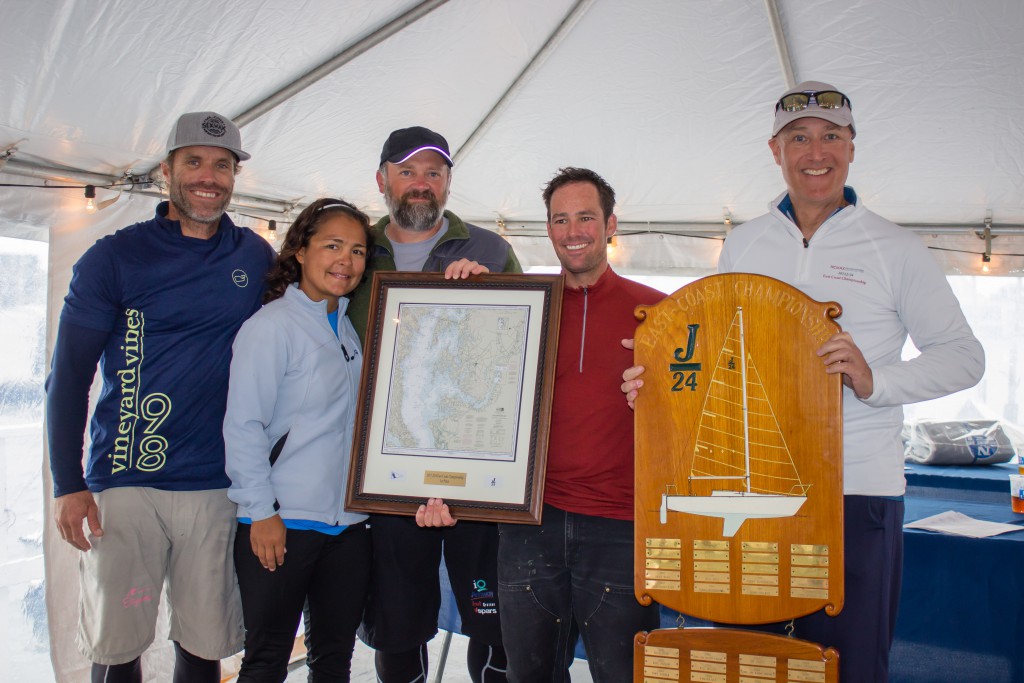 Now on to the action on the water. Friday and Saturday brought classic Fall Chesapeake Bay top-end of the Genoa conditions with nasty waves and chop. In those technique intensive conditions, Mark Hillman, Travis Odenbach and Tony Parker collected twenty-one of the twenty-four available top three finishes over eight races. The consensus from these teams was that lots of twist, minimizing helm movements and infrequent tacking seemed to be the 3 top components to upwind success. Mark Hillman, a tad rusty after three years away from racing J/24’s, had a slight speed disadvantage to the other two leaders in Race 1 and finished third. That was the worst race over the first two days for the winning SISU team, which featured SISU’s owner, Jim Bonham, hiking hard in the middle, multi-class world champion Willem van Waay trimming both uphill and downhill, accomplished J/24 veteran Monica Morgan on mast, and Volvo Ocean Race veteran George Peet on bow. Full results
Now on to the action on the water. Friday and Saturday brought classic Fall Chesapeake Bay top-end of the Genoa conditions with nasty waves and chop. In those technique intensive conditions, Mark Hillman, Travis Odenbach and Tony Parker collected twenty-one of the twenty-four available top three finishes over eight races. The consensus from these teams was that lots of twist, minimizing helm movements and infrequent tacking seemed to be the 3 top components to upwind success. Mark Hillman, a tad rusty after three years away from racing J/24’s, had a slight speed disadvantage to the other two leaders in Race 1 and finished third. That was the worst race over the first two days for the winning SISU team, which featured SISU’s owner, Jim Bonham, hiking hard in the middle, multi-class world champion Willem van Waay trimming both uphill and downhill, accomplished J/24 veteran Monica Morgan on mast, and Volvo Ocean Race veteran George Peet on bow. Full results 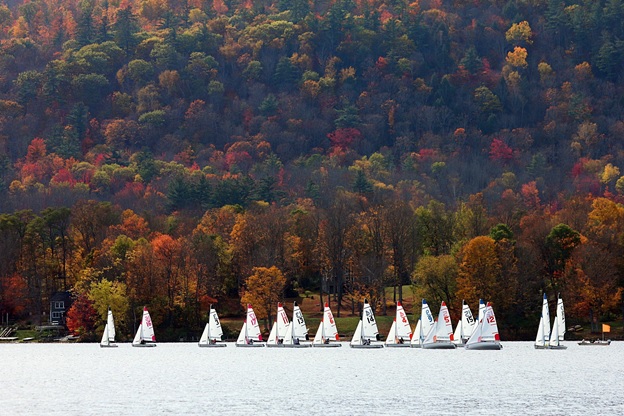 #2 Coast Guard won the Mrs. Hurst Bowl hosted by Dartmouth College. An extremely light-air regatta, only 5 races were sailed in each division. Starting slow, after an 11th place finish in each of the two divisions, Coast Guard rallied back to win the event after tie-breaker with home-team, #4 Dartmouth.
#2 Coast Guard won the Mrs. Hurst Bowl hosted by Dartmouth College. An extremely light-air regatta, only 5 races were sailed in each division. Starting slow, after an 11th place finish in each of the two divisions, Coast Guard rallied back to win the event after tie-breaker with home-team, #4 Dartmouth.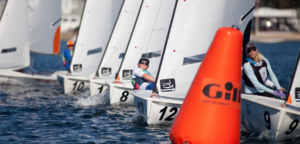
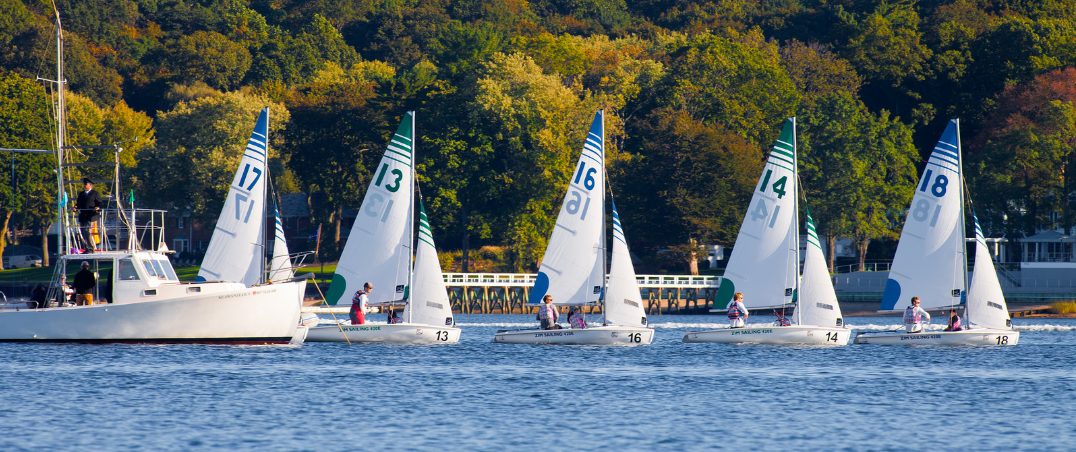 Placing second was Comm Ave Convicts. Their team features skippers Wade Waddell (Palm Beach Gardens, Fla.), Scott Sinks (San Diego, Calif.) and Raul Rios (La Colina, Guaynabo, PR), and Emma Perry (Lexington, Mass.), Allison Ferraris (Manhasset, N.Y.) and Katja Sertl (Annapolis, Md.).
Placing second was Comm Ave Convicts. Their team features skippers Wade Waddell (Palm Beach Gardens, Fla.), Scott Sinks (San Diego, Calif.) and Raul Rios (La Colina, Guaynabo, PR), and Emma Perry (Lexington, Mass.), Allison Ferraris (Manhasset, N.Y.) and Katja Sertl (Annapolis, Md.).